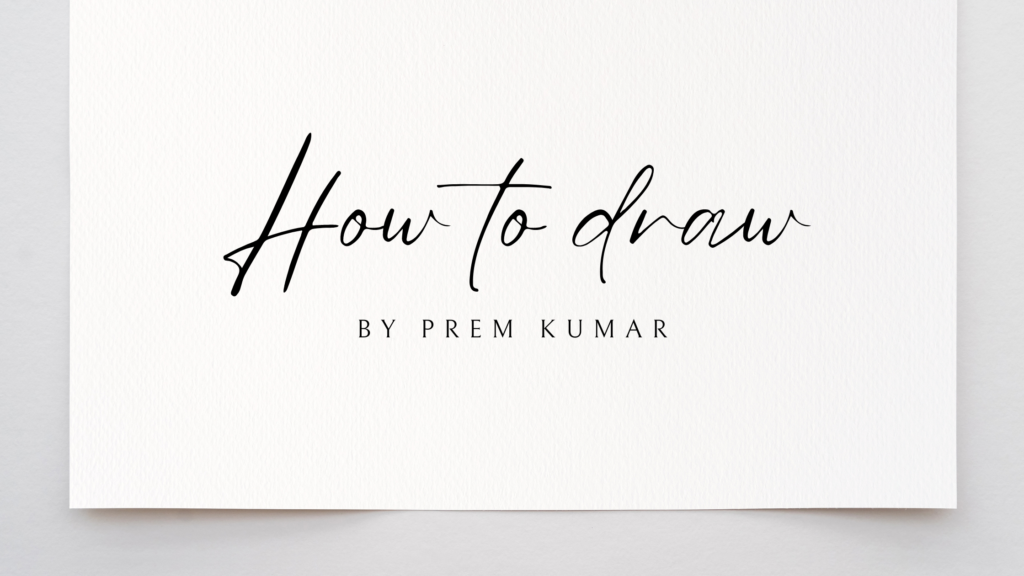Every stroke in the great fabric of art history tells a tale, but what about the ones we erase? Erasers, the unsung heroes of artistic expression, have been an indispensable tool for artists throughout history. Join me on a fascinating voyage through time as we investigate how artists of all ages dealt with mistakes and repairs in their works, as well as how eraser technology has progressed.
The Absence of Erasers in Ancient Artistry

Erasers were a luxury unknown to ancient Egyptian and Greek artists in the early chapters of art history. The permanence of their chosen mediums, whether stone, clay, or frescoes, provided little room for revision. Mistakes were more than just blunders; they were an indelible element of the artwork’s personality.
The Renaissance Movement
Fast forward to the Renaissance, when art had a renaissance in terms of technique, style, and materials. Artists got the capacity to experiment and perfect their work with the introduction of paper and more diverse media. However, the lack of an effective eraser caused difficulties. Master craftsmen Leonardo da Vinci and Michelangelo were compelled to use precise techniques to eliminate errors, demonstrating the necessity of precision in an era without a dependable correcting tool.
The Whiteness of Rubber: The Nineteenth Century
With the advent of the rubber eraser in the nineteenth century, eraser technology advanced significantly. This new instrument, created by Charles Goodyear, changed the way artists approached their work. Artists like J.M.W. Turner and Edgar Degas could now push their creative boundaries without fear of lasting blunders, thanks to the invention of a dependable mechanism of correction.
The Surrealists’ Dream: Erasers and Automatic Drawing
As the twentieth century progressed, the Surrealists emerged as forerunners of automatic drawing, a method aimed at bypassing conscious thought. Even while the faults and spontaneity inherent in this process were lauded, the Surrealists acknowledged the need for repair. In their pursuit of the subconscious, artists such as Salvador Dal and Joan Miró used erasers widely, blurring the distinctions between creation and correction.
The Mechanical Era: Electric Erasers
With the invention of electricity, eraser technology advanced yet again. Electric erasers, which were introduced in the mid-twentieth century, provided painters with a more efficient way of correction. This advancement enabled better precision, especially in complex drawings and technical illustrations. Electric erasers were recognized as a vital tool in the creative process by artists such as Al Hirschfeld, famed for his intricate and flowing line drawings.
Digital Dawn: Erasers in the Digital Age
Traditional erasers met their digital counterparts as the twenty-first century progressed. As digital art got more popular, software-based erasers became an essential part of the creative process. Artists like as David Hockney and Banksy made the shift from physical erasers to virtual erasers with ease, embracing the fluidity and endless potential of the digital medium.
The Art of Imperfection: Contemporary Perspectives
Erasers are more than just tools for correction in contemporary art; they are instruments of intention. Artists purposely leave traces of erasure in their work to create a feeling of process and evolution. This deliberate use of erasers as a medium is seen in the work of artists such as Julie Mehretu and Cy Twombly, who emphasize the beauty of imperfection.
Conclusion: From Stone to Screen
The evolution of erasers in art reflects the changing interaction between artists and their mistakes. Erasers have reflected the evolution of artistic expression, from the permanency of old materials to the fluidity of digital art. Each age had its own set of obstacles, breakthroughs, and techniques to correction, impacting how we see art today.
The modest eraser remains a silent companion as we continue to push the boundaries of creativity, allowing artists to appreciate the beauty of imperfection and the ever-evolving nature of their trade. So, the next time you grab an eraser, realize that you’re not just repairing a mistake; you’re also contributing to a long history of artistic progress.
Read Also:- A Guide To Choosing The Best Art Erasers for Different Medium
Get Your Best Erasers for Artists:
-
Apsara Non-Dust Erasers – Link here
-
STAEDTLER Mars Plastic, Vinyl Eraser – Link Here
-
Caramel Fine Art Gum Eraser – Link Here
-
Sanford Prismacolor Kneadable Eraser – Link Here
-
Sanford Design Art Gum Eraser – Link Here
-
Staedtler Mars Plastic Eraser – Link Here
To learn more about art, visit SILPAVAT.IN


